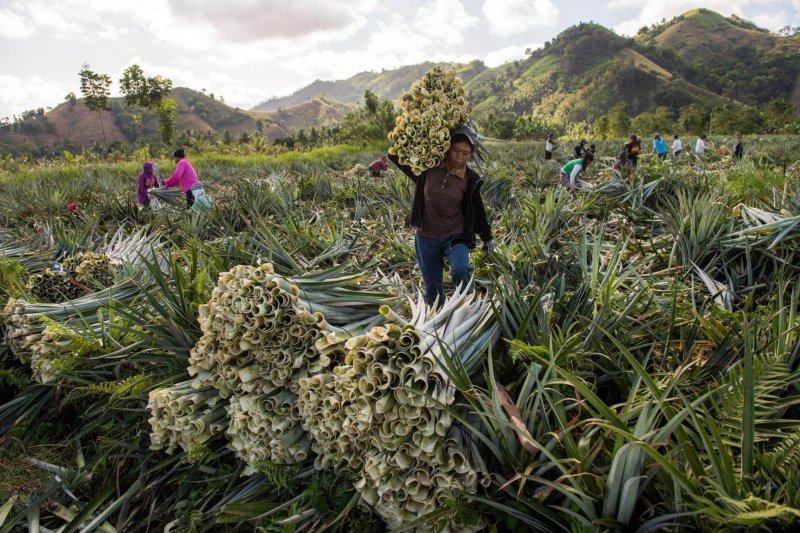There is no area of human activity more basic to society than a sustainable agricultural, food, and natural resource system. With projections that global population will grow to as much as 10 billion by 2050 (Pew Research Center 2022), there is increasing concern as to how this system should be transformed to feed this population sustainably.
Serious questions need to be addressed; for example: What will constitute a healthy diet? Will natural resources and ecosystems be compromised—or even destroyed—in efforts to provide such a diet? Will the food system reduce or increase hunger and poverty? And will the system enhance or decrease equity and access to food for a healthy and productive global population? These and other critical questions challenge all who participate in the food and agriculture system (FAS), and more broadly everyone is involved at some level, from daily consumption to innovative scientific research.
An article by the CROPPS Research Community emphasizes the need for a deeper understanding of the biology of plants and their responses to a changing climate, among other factors. The vision and work of the Center for Research on Programmable Plant Systems (CROPPS) focus on understanding the deep biology of plants to create an Internet of Living Things. The vision depends on transdisciplinary collaboration—biotechnology and synthetic biology, robotics and automation, sensing and automation, and computing—to enable a digital dialogue with plant systems.
































